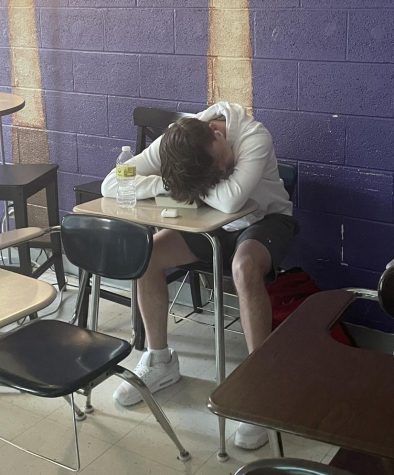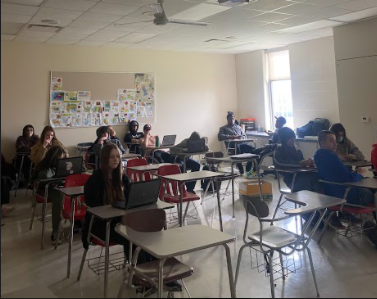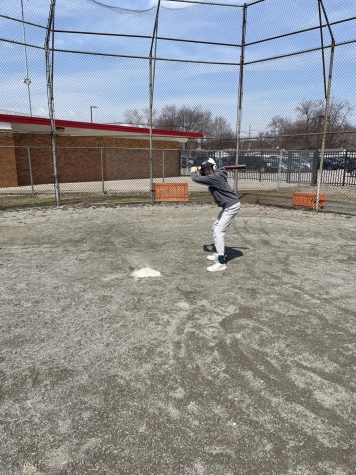Social Distance Has Not Stopped
May 20, 2020
As the pandemic holds no clear end, many are giving up on social distancing. Over time, the importance of social distancing has diminished to plenty. To some, the concept never was significant.
The options to combat Covid-19 are limited. Yet, behavior is something everyone can use to fight this virus. Researchers at Imperial College London described social distancing as, “All households reduce contact outside household, school or workplace by 75%.” This means everyone, including those who believe they are invincible, does everything they can to reduce their social contact by 75%. So, what is included in the remaining 25%? Responsible trips to get essentials such as food or masks while taking proper precautions such as wearing a mask and regular hand washing.
Though the message of social distancing has been prominent since March, there are people still ignoring the regulations. According to Wired, Michigan reported the lowest rate of confusion with the message of social distancing with only 13% not understanding to stay home. However, confusion surrounding Covid-19 persists because much of the information provided has been skewed. Social media, news sources, and friends have provided contradictory messages about staying home. Authority figures have also been giving mixed messages, politically polarizing the virus. Though it is frustrating to not see people following guidelines, there can be personal reasons for not following them. Nevertheless, those not following or understanding the seriousness of social distancing can damper the fight to reduce the spread of the virus and damage the efforts put in by countless people who are practicing social distancing. Ignorantly disobeying the guidelines is dangerous because you will be risking the lives of others.
According to Cornell University, an Australian modeling study found 70% of the population needs to stick to social distancing rules for a serious difference to be made. Therefore, if people are neglecting the social distancing regulations, the efforts made by everyone else following the orders will not work as efficiently.
Moreover, the University of Hong Kong discovered in February that social distancing produces successful results of how quickly the virus spreads. The sooner everyone begins effectively social distancing, the possibility of restrictions being lifted is greater.
The World Health Organization briefing on April 13 discussed strategically lifting restrictions, announcing part of the criteria that should be met is the transmission of the disease being controlled. Ignoring restrictions creates the possibility of virus transmission, leading to the spread not being under control.
Researchers at Imperial College London created a variety of models to test certain arguments made against social distancing. In their research, they found without social distancing of the whole population even while quarantining those at high risk or have been exposed, the number of people critically ill would be eight times bigger than the US or UK healthcare systems can manage. In all of their scenarios, anything besides the quarantine of the whole population led to greater difficulties.
So, how should you react when you see people not following quarantine? Well, Times Magazine recommends the “it’s not you, it’s me approach.” If someone is standing too close, tell them you could have the virus and be unaware. Instead of automatically being malicious, try to reason with those disobeying. Remind them of the dangers, that they could have the virus and be asymptomatic, and that they are not only putting themselves at risk but others as well. Also, remind them that in Michigan violating social distancing rules can be a $1,000 civil fine, $500 criminal fine, and 90 days in jail.
While it is an unsettling time for all, the future is still unknown. We are all trying to adapt to the new circumstances we were thrown in. To save the lives of not just ourselves, but others, social distancing needs to continue being practiced. If you do not want to follow regulations for yourself, do it for your friends, your family, and the essential workers who are on the front lines. Do not be the cause of others’ deaths.














